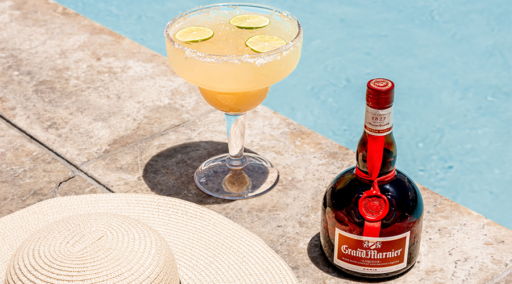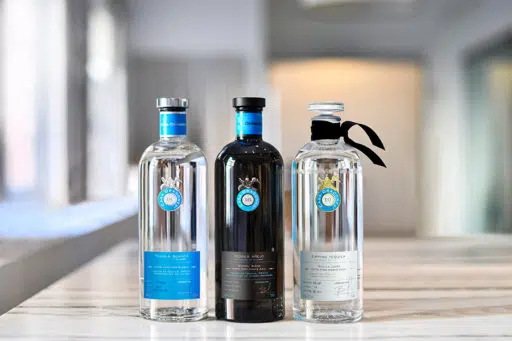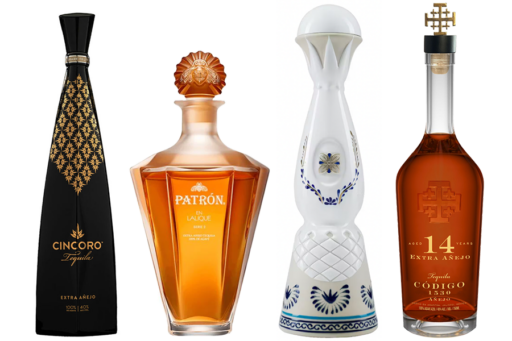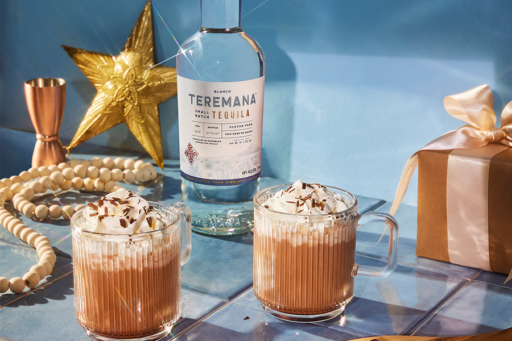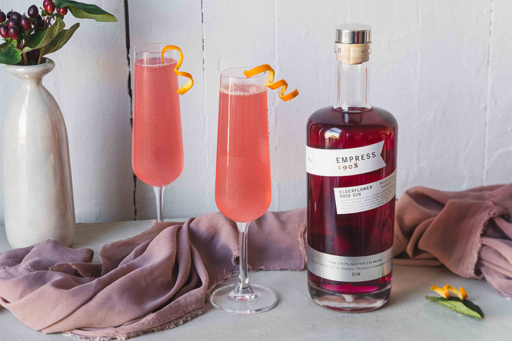Everything You Need to Know About Tequila: the Spirit of Mexico
Our extensive guide to tequila answers all of your questions about what can be called tequila, how it is made, what kinds of tequila there are, and what you should look for.
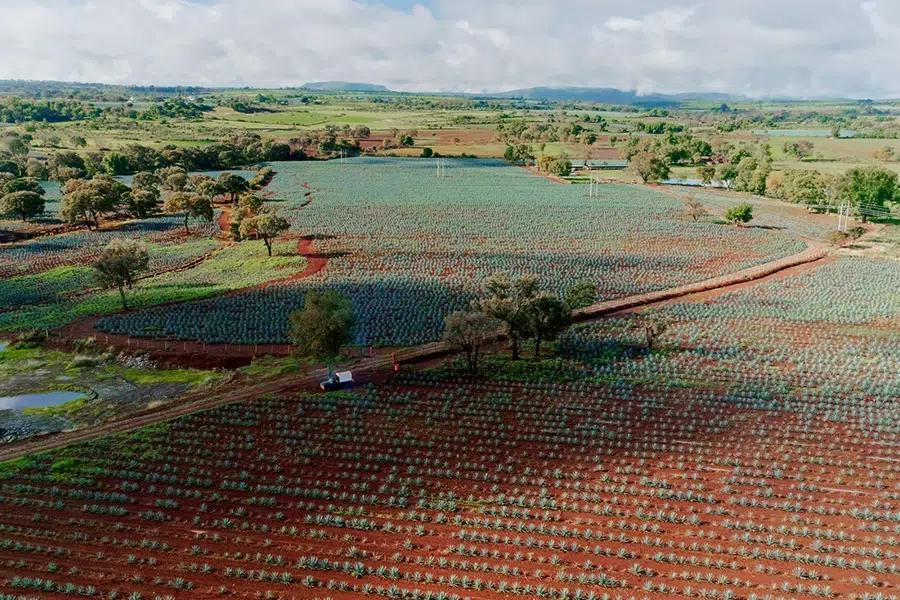
Tequila has long surpassed its reputation as a party drink. Today’s producers craft sophisticated spirits worthy of savoring neat or on the rocks. The most expensive tequilas have even entered the realm of collectible spirits, with rare blends and elaborate bottles that celebrate tequila’s rich history. It takes years to master the art of creating tequila. The best luxury tequila brands spare no expense to make the smoothest and most refined expressions using traditional methods that haven’t changed for decades. Here, we explain what can be called tequila (and how it relates to Champagne), how tequila is made using traditional methods, and what the different kinds of tequilas are.
Everything You Need to Know About Tequila: the Spirit of Mexico
What is Tequila?
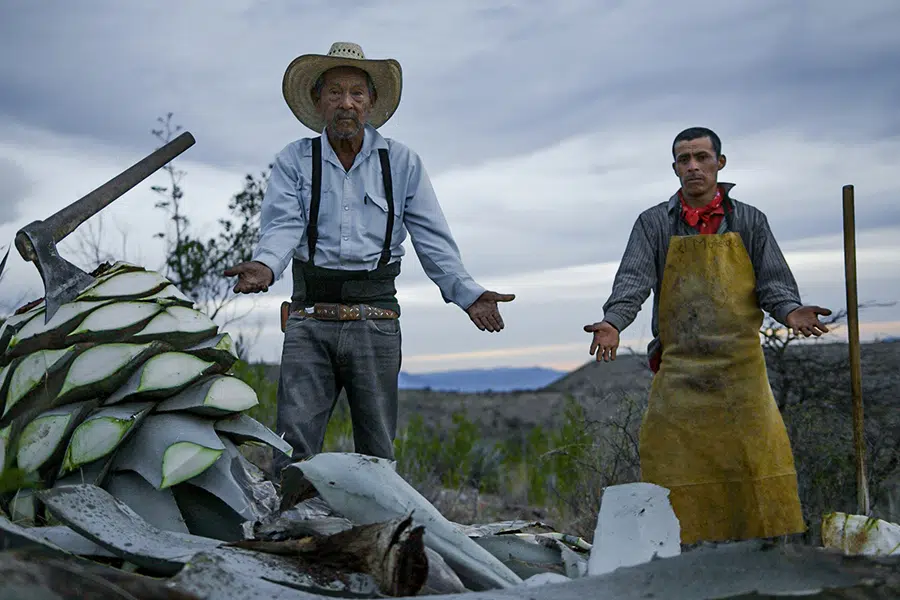
North America’s oldest distilled spirit, tequila, dates back to the empire of the Aztecs (1000 B.C. to 200 A.D.), who first made simple fermented drinks from the agave plant. Tequila — as we now know it — is named after the small town of Tequila in a valley of Jalisco, Mexico. The process involves using the piña (core) of the region’s native blue agave plant.
Tequila is a recognized appellation of origin, as is Champagne. Only spirits produced in Jalisco that are made from at least 51% blue agave can be called tequila. (There are a few municipalities closely outside of Jalisco — Tamaulipas, Nayarit, Michoaćan, and Guanajuato — that are allowed to call their spirits tequila, but the vast majority come from Jalisco.) The Tequila Regulatory Council (TRC), or Consejo Regulador del Tequila (CRT) in Spanish, prevents spirits produced outside those approved regions from using the term ”tequila.” Any agave-based distilled spirit produced outside of the permitted regions is called mezcal. So, all tequila is considered mezcal, but not all mezcal is tequila. Tequilas that contain 51% blue agave and 49% other sugars are called mixto tequilas. While 51% is the minimum permitted amount, the finest brands typically produce their tequilas from 100% blue agave.
The Process of Making Tequila

Tequila continues to be produced in a traditional way. The process starts with planting, tending to, and harvesting blue agave, typically by hand. The jimadors, or agave farmers, and harvesters, care for the plants. It is a lengthy endeavor, as each plant must mature for a minimum of six years before it can be used to make tequila. After being harvested, high-quality tequila companies use traditional stone ovens to cook the piña. Once cooked, the piñas are removed for extraction of the sugar within the shredded agave fibers. This sugar is the main ingredient for producing tequila.
In ancient tradition, producers used a stone wheel called a tahona to extract the sugar. The tahona process requires you to crank a wheel made of volcanic stone until it presses out all the juice from the agave plant. This is extremely labor-intensive compared to modern extraction methods. However, some manufacturers still use the tahona process because of the complex flavor profile it yields. Next, the blue agave goes through the process of fermentation, distillation, filtration, and aging. The aging process varies depending on the type of tequila.
Tequila Additives
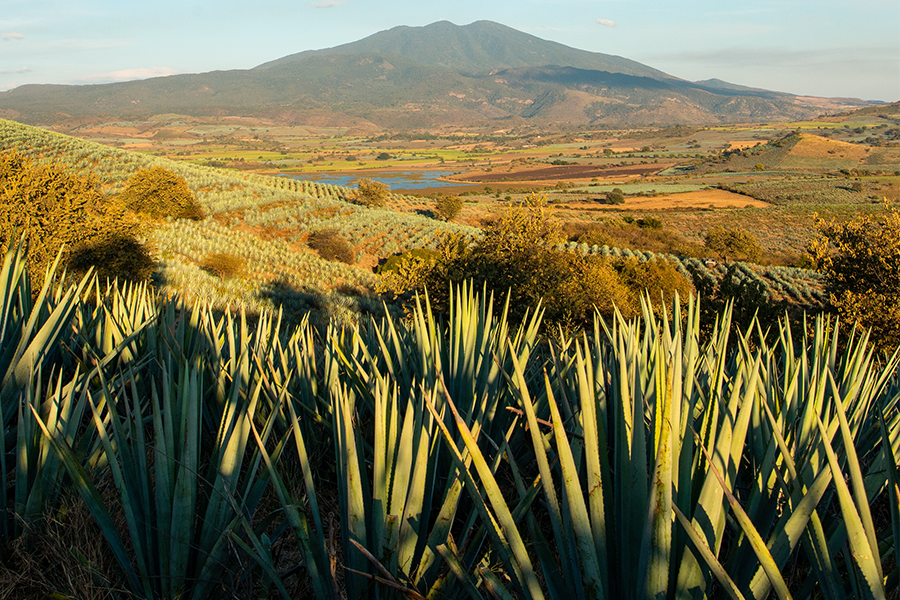
The TRC allows 1% of a 100% agave tequila to contain additives without changing the bottle’s label. Additives are not necessarily a bad thing, but depending on the ratio, they can potentially hinder your sipping experience. The four categories of TRC-approved additives are glycerin, caramel coloring, oak extract, and sugar-based syrup.
Unfortunately, many brands stuff their products with additives to make them sweeter and mimic the nuances gained during the aging process. However, additives play a much smaller role in authentic tequilas, merely used to ensure consistency across all batches. Additive-free tequila has less sugar, carbs, and calories than tequila with additives, making it not only more authentic but also a health-conscious choice. You would expect an inexpensive brand, like Jose Cuervo, to use additives, but you would be surprised to discover that many premium brands do use additives as well. If this is important to you, be sure to check the label or consult a trusted resource that focuses on this aspect of tequila.
The Five Types of Tequila (and Mezcal)
The five major types of tequila are blanco, cristalino, reposado, añejo, extra añejo, and joven. Each is classified by how long it has aged. Unlike whiskey, which increases in value as it ages, expensive tequilas haven’t necessarily matured for a long time or at all. Aged tequilas merely pick up flavor and color nuances from the tannins in barrels. You can appreciate these nuances by enjoying aged tequilas neat or in seasonal and year-round tequila cocktails.
Blanco
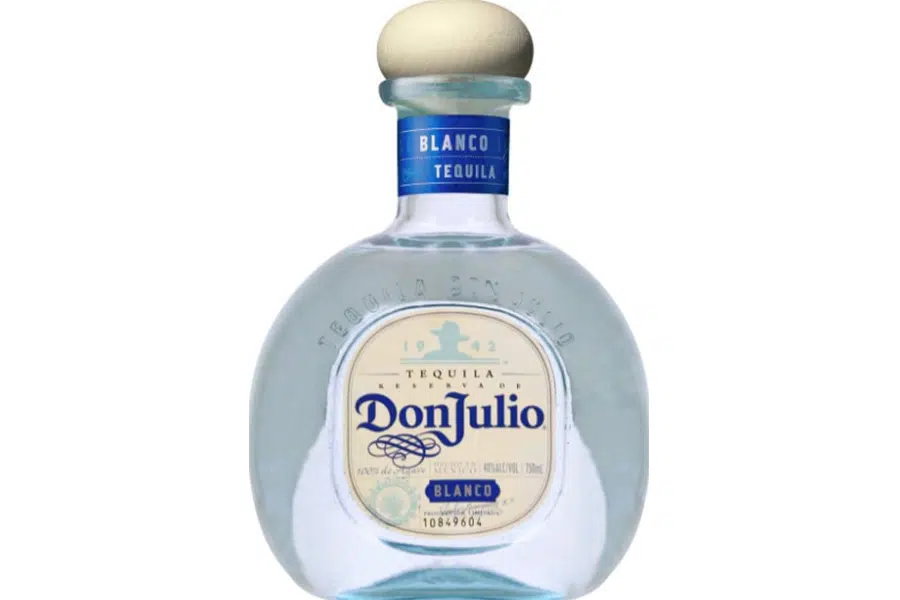
Also called white, platinum, or silver tequila, blanco is the youngest type of tequila and ages for a mere 60 days, typically in stainless-steel tanks so it showcases the natural flavors of blue agave, without any flavors from aging in wood. Blanco tequila has the boldest flavor of all tequilas and is perfect for cocktails (or a round of shots).
Cristalino
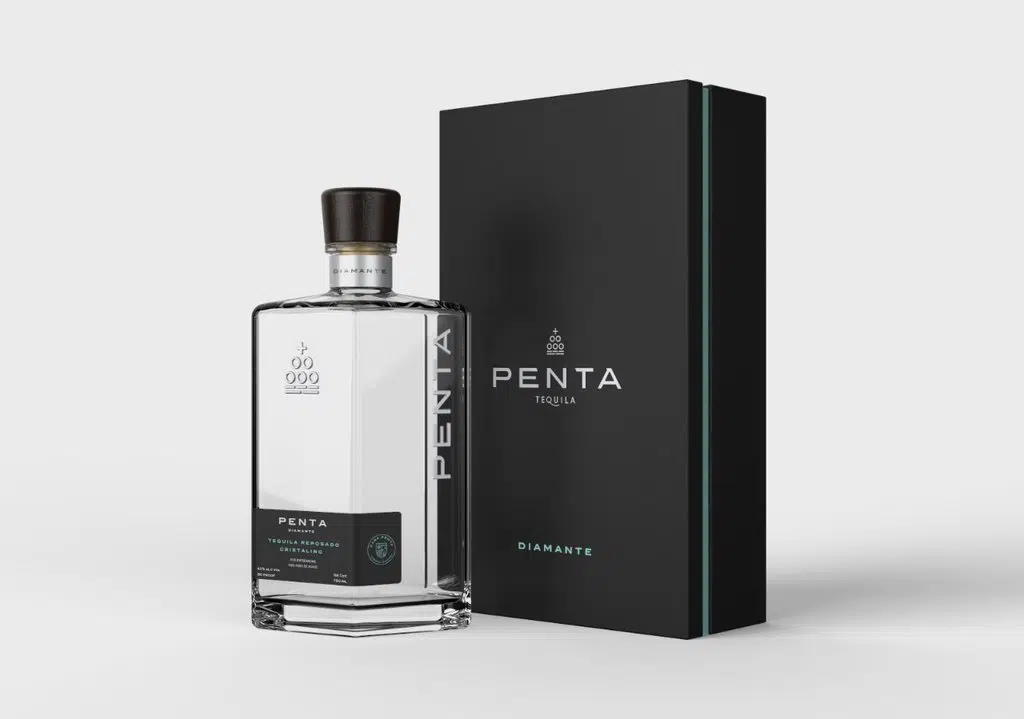
Cristalino tequilas are the newest type of tequila. These are clear spirits but a world apart from blanco tequila. These unique tequilas are actually filtered reposado or añejo tequilas. Filtering removes the colors and creates a smoother taste. Cristalinos typically have lots of bright floral notes and lots of vanilla, making it the perfect choice for people who don’t usually like tequila.
Reposado
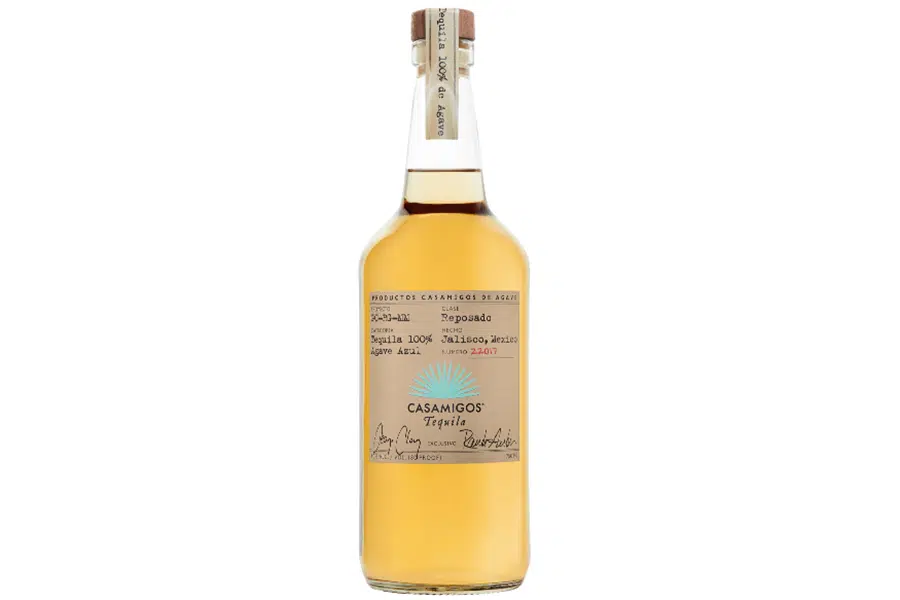
Reposado tequilas age a bit longer, from 60 days to a year, in oak barrels. This adds some oaky influence but still maintains the freshness of the agave.
Añejo and Extra-Añejo
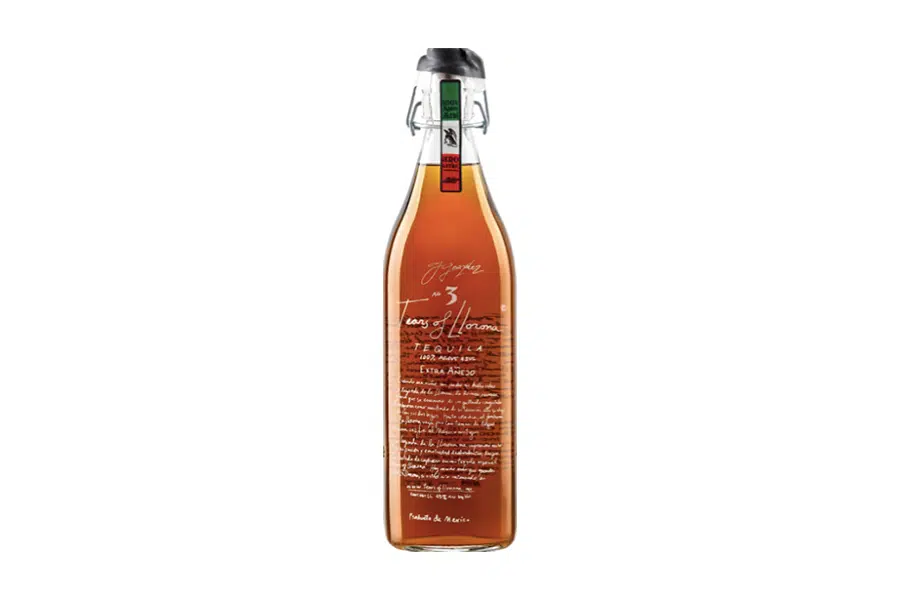
Añejo, which means “vintage”, ages for one to three years in oak, and extra añejo ages for three to upwards of 12 years. Aging in wood mellows the spirit and adds rich flavors of vanilla and caramel.
Joven
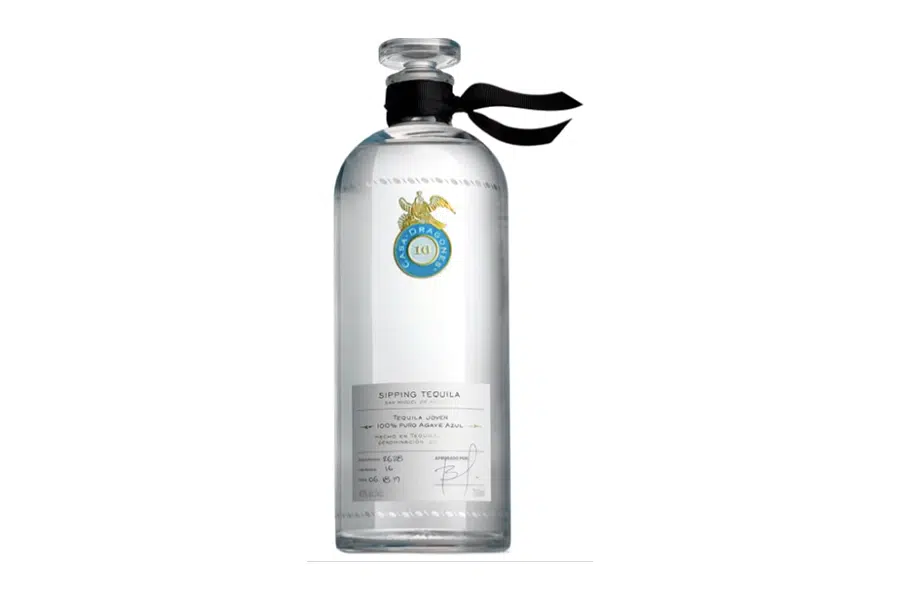
Joven is a unique blend of blanco and extra añejo tequilas that is filtered to smooth the flavor and remove the color.
Mezcal
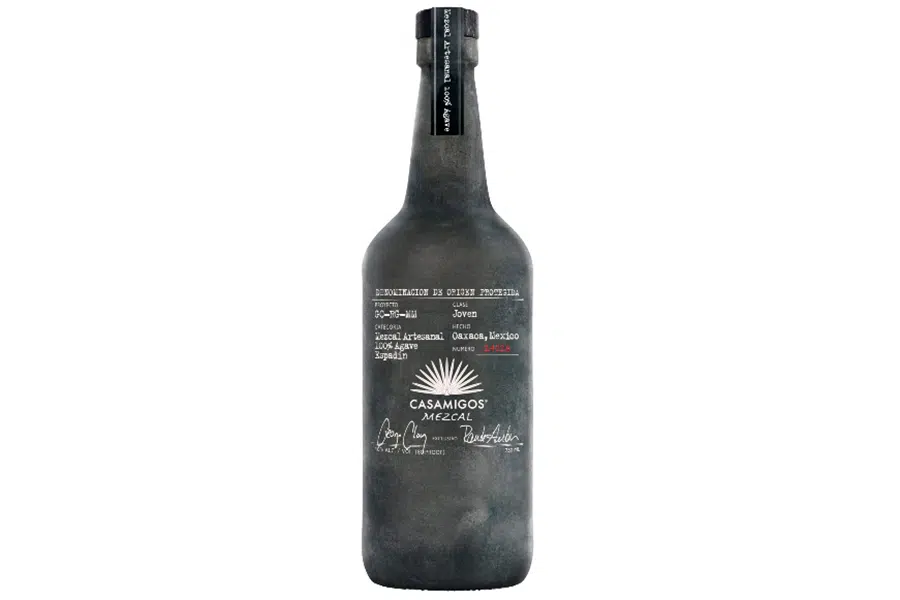
Mezcal can be produced from over 30 different types of agave, and typically has a smoky profile, whereas tequila is mostly made with blue agave and tends to have a sweeter palate. Read more in our mezcal guide.


